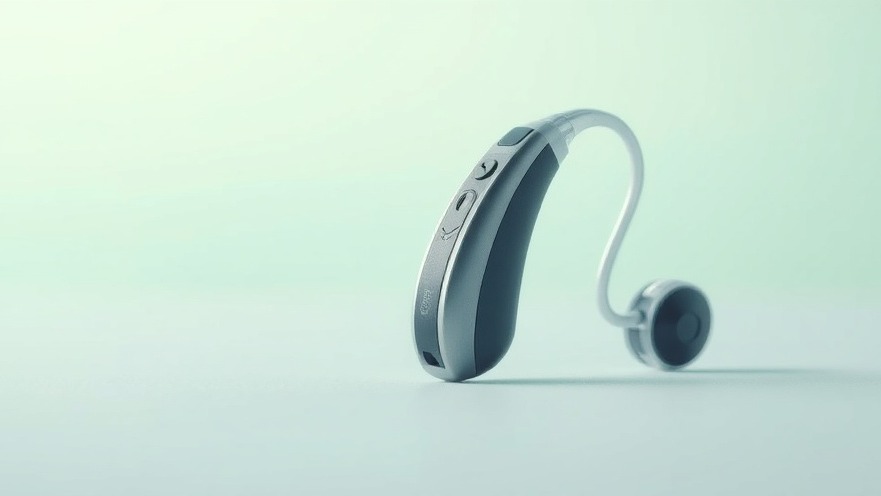
Revolutionizing Conductive Loss Treatment with Non-Invasive Technology
A recent study from researchers at Wake Forest University School of Medicine has unveiled an innovative non-invasive hearing aid that serves as a potential game-changer for treating conductive hearing loss, especially in children. This new type of hearing aid, developed by a team led by Dr. Mohammad J. Moghimi, uses micro-epidermal actuators to produce vibrations that travel directly to the inner ear, bypassing the outer and middle ear, which is often impacted in conductive hearing loss. This pioneering technology offers an alternative to more traditional treatment methods like implantable devices and invasive surgeries, often deemed highly invasive for pediatric patients.
Conductive hearing loss, commonly arising from ear infections, blockages, or structural abnormalities, significantly hampers a child's ability to hear and communicate. Effective treatment is crucial, as delays in addressing hearing impairments can adversely affect language development and educational growth. According to Dr. Moghimi, flexible hearing aids offer a promising solution, able to enhance sound quality and vibrational strength through the effective use of an actuator array. Their ability to create strong vibrations on the skin behind the ear holds the potential to vastly improve hearing capabilities, especially for younger patients.
Understanding the Technology: How Micro-Epidermal Actuators Work
The hearing aid works by delivering vibrations via an array of micro-epidermal actuators specifically designed to resonate on the skin behind the ear. This innovative approach provides a less invasive option, allowing sound to reach the inner ear effectively without requiring any internal surgical alterations. Participants aged 19 to 39 were tested to observe the efficacy of varying actuator arrays, with findings indicating that more actuators led to improved sound quality and clarity.
The researchers plan to conduct larger studies focusing on the safety and efficacy of this technology for both children and adults. This next phase of research is vital as it gauges how well the technology can scale while ensuring greater sensory experiences for users.
Impact on Pediatric Patients: Addressing Hearing Loss Early
Pediatric hearing loss is a critical area of concern, affecting millions of children in the U.S. For example, reports from Stanford Medicine estimate that over 3 million children face hearing loss, with substantial portions suffering during formative years. Hearing aids can substantially improve communication skills, speech clarity, and overall educational capabilities. However, the prevalent types of aids available today remain either too invasive or impractical for very young children.
The development of a non-invasive option means less discomfort and a lower barrier for younger patients to access effective treatment. Unlike traditional options that require complex fittings, often leading to feedback issues due to improper sizing, the seamless integration of technology in the new design additionally enhances user experience.
Why This Matters: Enhancing Future Prospects
As Dr. Moghimi asserted, improving hearing in children is not merely about amplifying sound; it’s about enriching lives and ensuring children don’t face unexpected academic challenges due to untreated hearing impairment. This new technology could lead to faster language development and improved educational outcomes, catching the attention of audiologists and pediatricians worldwide.
Given the urgent need for solutions that effectively address hearing loss without the burdens of surgery or invasive measures – particularly in pediatric patients – this advancement could significantly shift how hearing loss is addressed in future medical practices. Keeping abreast of such technological advances will be crucial for practitioners aiming to offer their patients the best available solutions.
Call to Action: Stay Informed on Audio Technology Innovations
As advancements in healthcare technology continue to evolve, it is imperative for healthcare practitioners to stay updated on these innovations. The potential impact of new solutions like the non-invasive hearing aid could dramatically reshape treatment methodologies and patient outcomes. Explore further and stay informed about how these advancements could reshape the experiences of children and adults facing hearing challenges.
 Add Row
Add Row  Add
Add 






Write A Comment